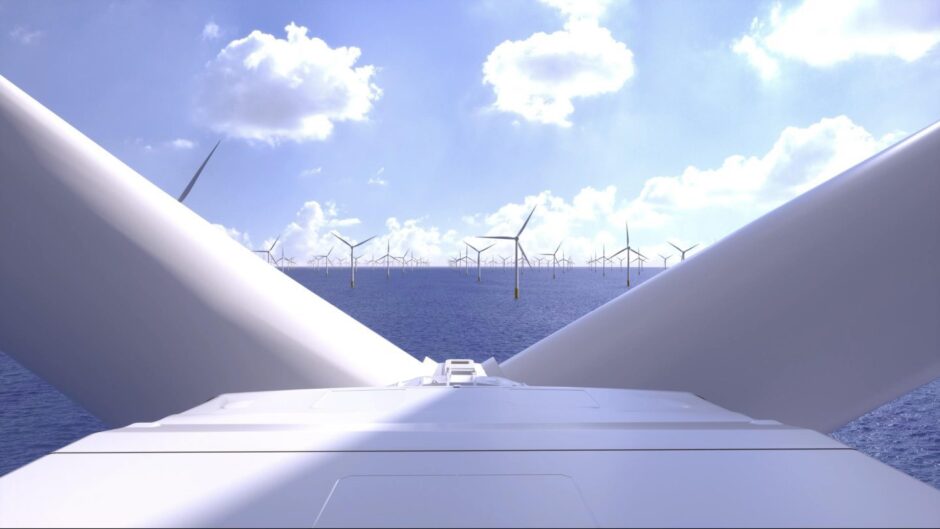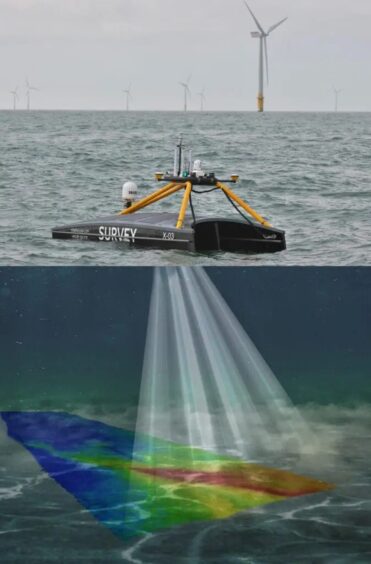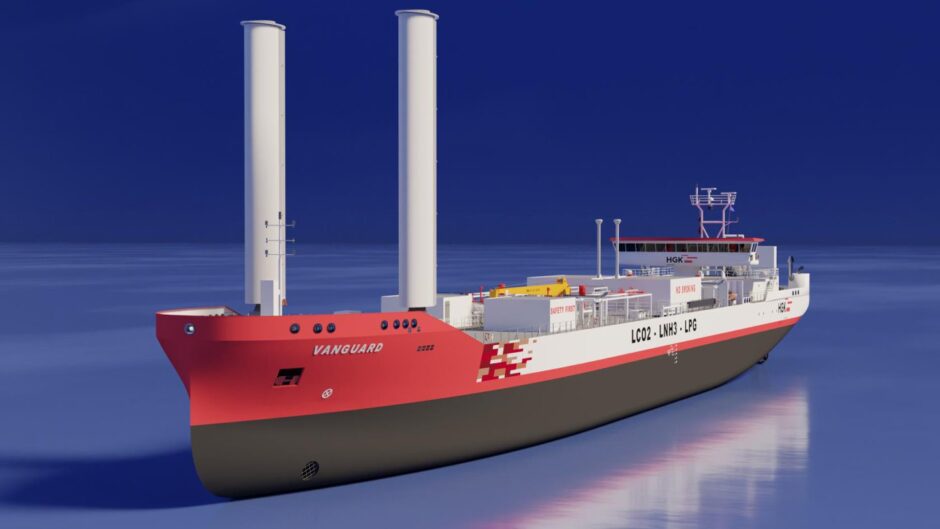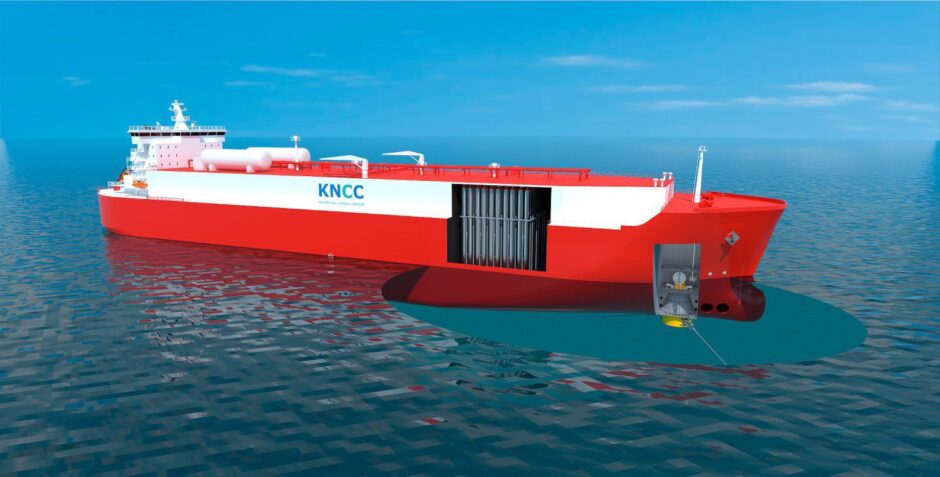
A robotics-based geophysical survey of the Dogger Bank D offshore wind farm successfully started last month and will be ongoing until the end of the year.
What sets this survey apart for passing ships and other craft in the project’s Notice to Mariners is that it is being carried out by a flotilla of 11 unmanned surface vessels (USVs) belonging to marine data provider XOCEAN.
The USVs are being variously worked out of Scarborough and Hartlepool and are escorted to and from the survey area for safety reasons.
This is a round-the-clock operation and, whilst the craft are autonomous robots, they are constantly remotely monitored by utilising 360-degree cameras, GPS and other sensors.
The planned Dogger Bank D offshore wind farm, which is being jointly developed by SSE and Equinor, is expected to have an installed capacity of up to 2GW and will be located in the Southern North Sea around 210 km off the east coast of England.
It was earlier this year that SSE with Equinor filed with the UK Government’s Planning Inspectorate a report covering what is the fourth stage of the Dogger Bank wind mega-project.
Indeed Dogger Bank D has been designated a Nationally Significant Infrastructure Project (NSIP) of more than 100MW of generating capacity.
As a result, an environmental impact assessment (EIA) is required for the project to be able to submit a development consent order (DCO) application.
SSE with Equinor have apparently established commercial seabed lease terms for Dogger Bank D, subject to the final outcome of The Crown Estate’s Capacity Improvement Programme and associated plan-Level Habitats Regulation Assessment (HRA).
The existing 3.6 GW Dogger Bank Wind Farm was granted development consent in 2015 and is currently under construction in three phases, namely A, B and C.
Once complete, Dogger Bank will be the world’s biggest offshore wind farm in operation.
XOCEAN recently successfully deployed five of its USVs off the Isles of Scilly to collect bathymetric data on behalf of the UK Hydrographic Office (UKHO). The USVs scanned the seabed to help identify features from depth and habitats, to ridges, boulders and shipwrecks.
This was the first time the UKHO had commissioned an organisation under their framework to collect seabed data in this way. The USV pilots and surveyors remained safely onshore, monitoring progress 24/7 via satellite communications.
Novel NH3/CO2 ship
Changing tack but still very much on the frontier of energy-related vessel technology is the Vanguard project led by German shipping company HGK Shipping.
It has designed the first river-seagoing gas tanker in Europe to transport cold liquefied ammonia (NH3) and liquefied CO2 (LCO2).
Vanguard is 125m long and will be equipped with sophisticated cargo tanks specifically designed for such novel and potentially Dangerous cargoes.
Besides navigating Europe’s major river highways like the Rhine and Danube, Vanguard will be capable of operating in European coastal waters and beyond.
HGK claims that there will be no need to tranship the cargo between different modes of transport and should create “huge value added”.
This applies to planned transport operations to supply hydrogen from Spain and Portugal, for example, but also to transport CO2 to designated North Sea CCS projects.
In order to make the new ship as sustainable and resource-efficient as possible, a Wind Assisted Propulsion System (WAPS), a kind of sail, supports the diesel-electric “future fuel-ready” drive system.
WAPS is based on the Flettner rotor originally developed in the 1920s and which exploits a physical principle known as the Magnus Effect.
Launching the project, Steffen Bauer, CEO of HGK Shipping said: “The river Rhine in particular, the upper regions of which will be navigable for the ‘Vanguard’, offers an efficient alternative for pipeline structures, which either don’t exist or cannot be built in the short term, for industries that have a strong presence on this river.”
Staying with CO2
Finally, liquefied CO2 (LCO2) marine transportation company Knutsen NYK Carbon Carriers (KNCC) and China’s COSCO Shipping Heavy Industry have signed a joint study agreement intended to assure market readiness and detail design development for LCO2ships.
The joint study will include the LCO2 carrier based on KNCC’s proprietary LCO2-Elevated Pressure (LCO2-EP) technology.
The vessel design, including cargo tanks, was granted approval in principle (AiP) in 2022 and the LCO2-EP cargo tanks further attained general approval for ship application last year from the Norwegian classIfication society DNV.
Specifically, the vessel concept for this study will focus on a direct injection offshore (DIO) ship that potential operators of carbon capture, utilisation, and storage (CCUS) projects in the North Sea are investigating.
According to KNCC, such a ship could save time and cost in the setting up and operation of a CCUS value chain compared to establishing dedicated terminal and export infrastructure either on- or offshore.
Recommended for you

 © Supplied by XOCEAN
© Supplied by XOCEAN © Supplied by HGK Shipping
© Supplied by HGK Shipping © Supplied by Knutsen NYK Carbon C
© Supplied by Knutsen NYK Carbon C